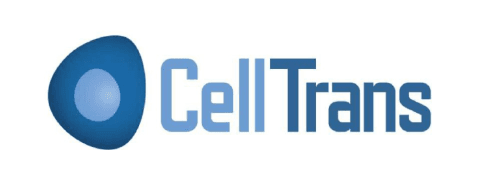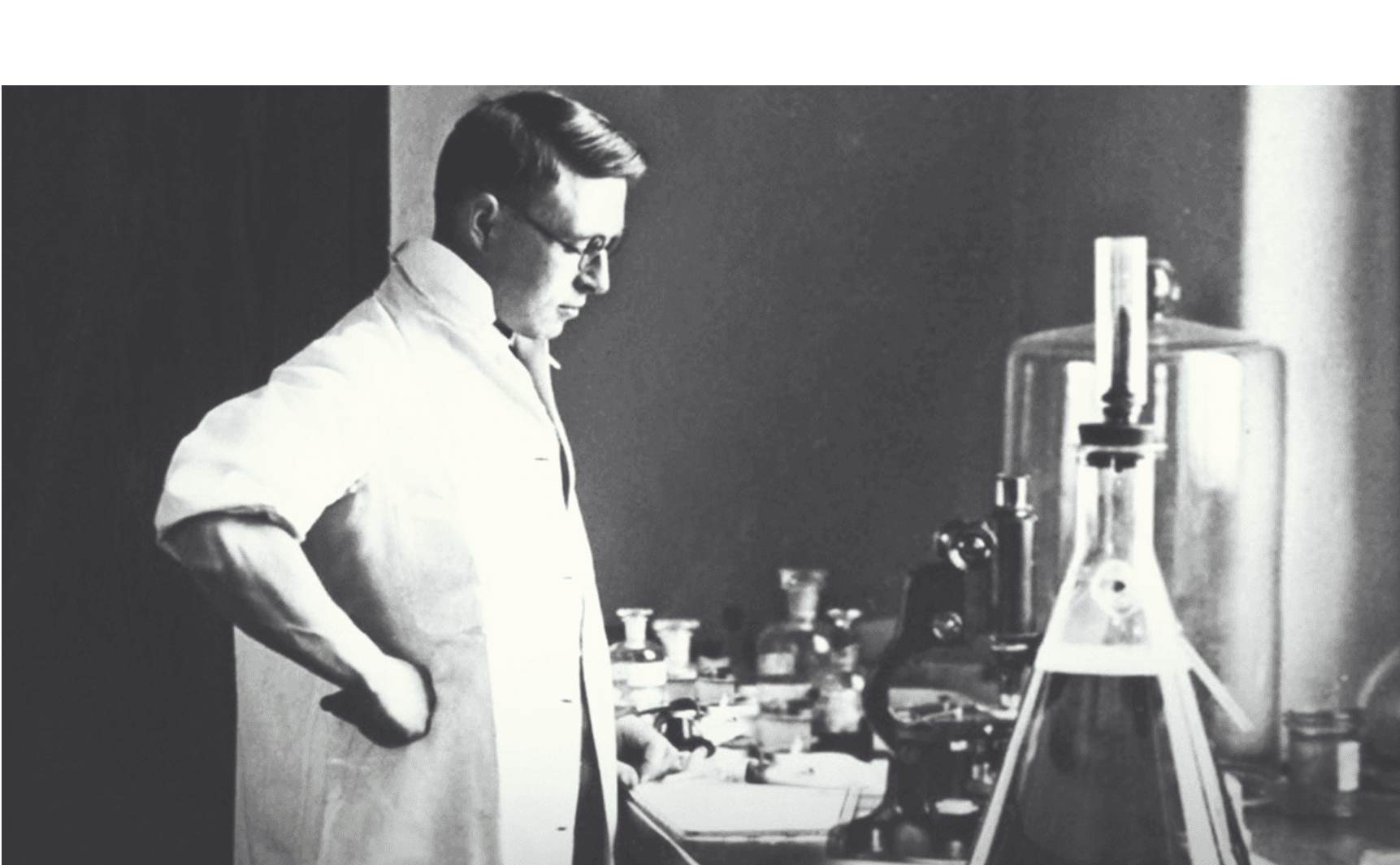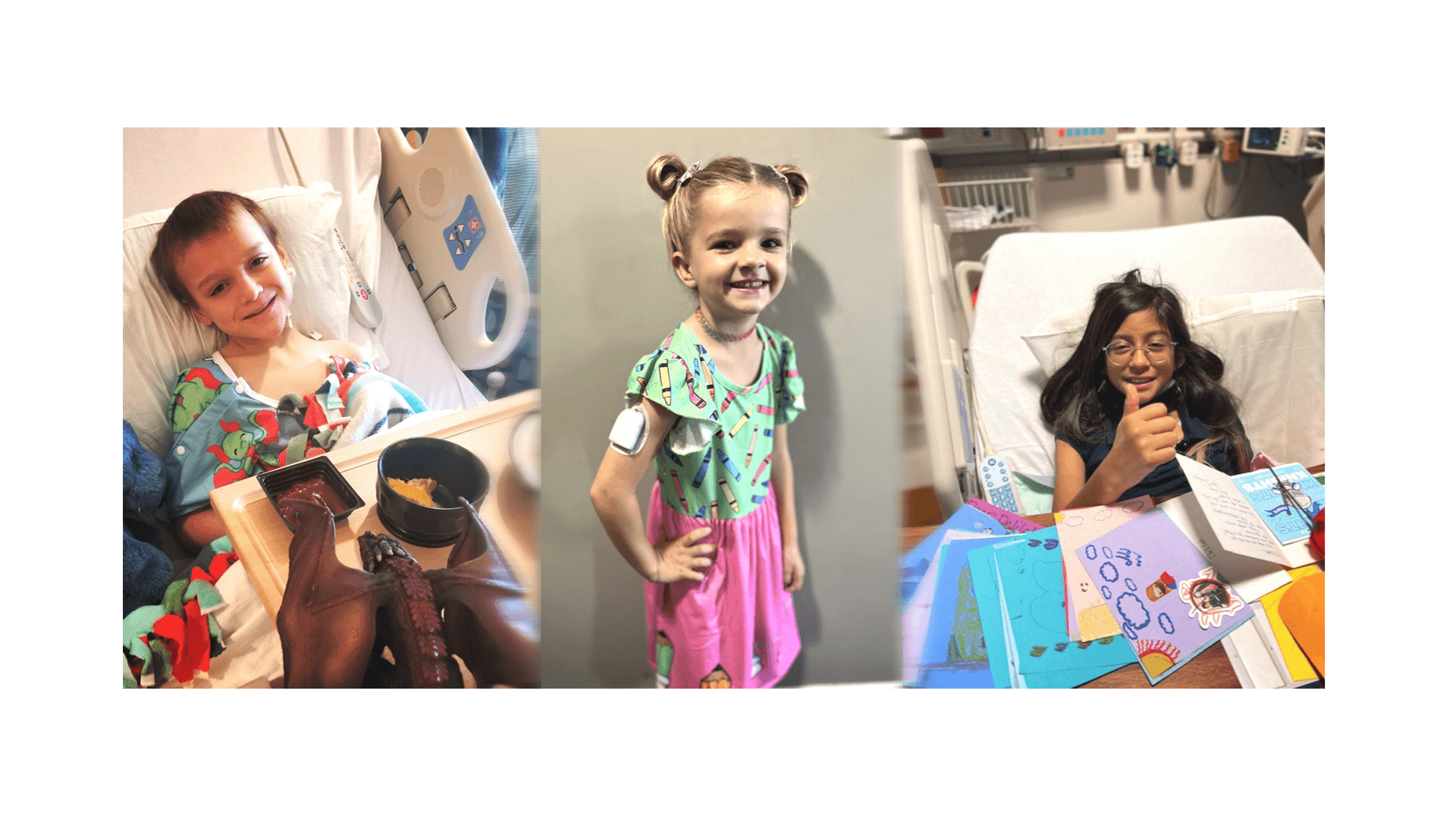
On June 28,th the US FDA approved Lantidra as “the first pancreatic islet therapy made from deceased donor pancreatic cells for the treatment of type 1 diabetes.” This has been the top-buzz T1D news story of the 4th of July weekend.
The following report provides a quick background on Lantidra and a perspective on its importance in the journey toward a Functional Cure for T1D. Spoiler: It is not (yet) a functional cure.
Background
Lantidra is a cell therapy protocol developed by CellTrans, a company created by José Oberholzer and his colleagues from the University of Illinois. The company says its mission is: “develop, manufacture, and commercial FDA-approved cellular therapies and novel bioengineered technologies for therapeutic treatment of diabetes and other endocrine disorders.” Oberholzer, a transplant surgeon by training, has been conducting traditional, Edmonton protocol-based islet cell transplantation procedures since 2003.
What is Lantidra?
Lantidra is the brand name of a novel process of harvesting islet cells sourced from a recently deceased cell donor and transplanting them into the recipient’s liver. CellTrans has improved upon the results of standard Edmonton Protocol practices with higher rates of islet survival and better long-term insulin productivity. The company claims that several trial participants remained insulin-independent for more than 12 months.
However, all patients take chronic immunosuppression to protect the cells from the body’s natural autoimmune attack. Chronic immunosuppression brings with it heightened vulnerability to other diseases and is not a viable option for most T1D patients. Accordingly, the FDA has approved Lantidra for those who are at the highest risk of hypoglycemia, only if all other interventions have proven fruitless.
Is Lantidra a Practical Cure?
The quick answer is ‘No’—Lantidra in its current form is not a Practical Cure. CellTrans indicates that part of its vision is to deliver Functional Cures. However, while Lantidra is a leap forward in the right direction, it is far from a Functional/Practical Cure.
In our view, a Functional Cure must provide both a scalable source of insulin-producing cells and be able to protect those cells over a lifetime without creating additional health risks. Lantidra improves the outcomes for traditional cell transplantation but does address scalable sources of insulin cells or cell protection without chronic immunosuppression.
CellTrans notes on its website that they are working on microencapsulation to prevent immunorejection, which may solve the cell protection side of the equation, but does not address sustainable and scalable cell supply. Lantidra appears anchored to and based on harvesting and processing cadaver-sourced cells, which are inherently limited.
What is the Importance of Achieving FDA Clearance?
FDA approval for market is typically granted once the drug or procedure has successfully passed through a range of testing that ensures both safety and efficacy (so it does what it promises to do). Once granted, the company can begin to produce and market that drug to the public in the United States; it cannot do so without FDA approval. It is a major milestone most trials never reach.
In this case, it appears that CellTrans has been permitted to make available its approach to harvesting and transplanting cells to the general public, either directly or through licensing. Previously, traditional islet cell transplantation was only available to patients who were selected and enrolled in academic studies. Presumably, Lantidra will be available to anyone who meets the medical criteria and is able to pay for the procedure. Furthermore, there will be pressure on insurance companies to cover some, if not all, of the cost.
FDA approval for such a procedure is controversial. One point of view is that the procedure should remain in the academic domain and open to continued development. Proponents of this view argue that this is still far from a true Functional Cure and the FDA should set a precedent to keep all related work in the public domain. The other side of the controversy argues that moving novel and propriety developments into a commercial rubric will provide motivation and urgency to bring beneficial treatments to people in need as fast as possible.
The JDCA will continue covering CellTrans and their future T1D developments, keeping you informed as it evolves and they, hopefully, continue hitting more mile markers on the road to a Functional/Practical Cure.











